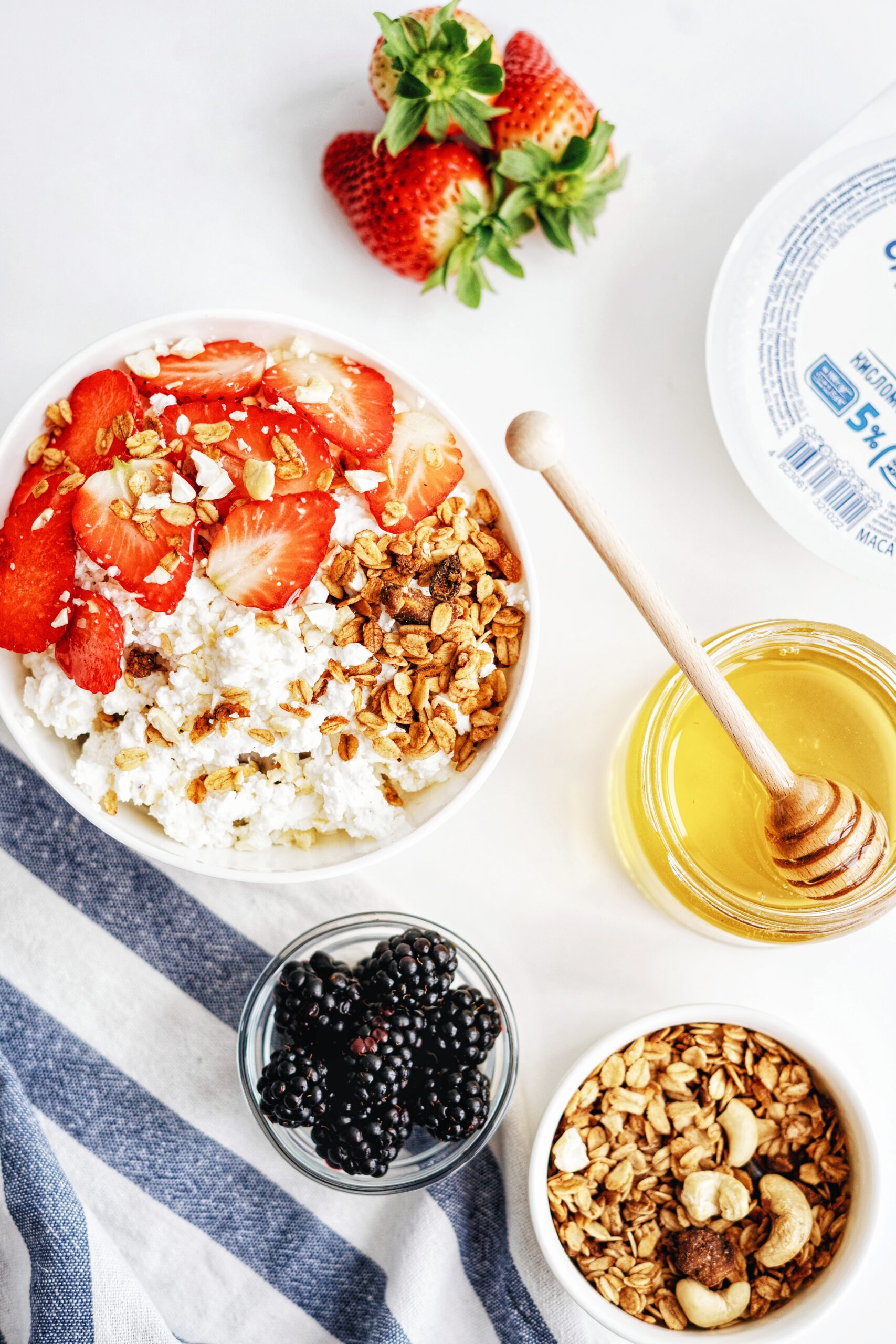Written by: Adrienne Rutherford, Director of Operations and Clinical Support

You wouldn’t think there would be debates related to a woman eating during labor. My stomach gets hunger pains just thinking about it. Many hospitals, birth centers, and healthcare providers have different views on whether a laboring mama should or shouldn’t be eating during labor. I know, it’s silly right? Imagine this scenario. You are in labor and have been praying and preparing for this day throughout the entire pregnancy. Then, you are driving to the hospital with your perfectly packed hospital “go” bag including some of your favorite snacks (Best Foods List) to consume during labor. Then, just like that, and thanks to the hospitals’ “no eating” policy, you cannot eat any food during labor due to there being a possibility of aspiration while under anesthesia. What!? Your hopes are now crushed of having food that can help give you enough energy to get through a potentially long labor.
Who is behind this no eating during labor debacle?
A research study done in the 1940’s by Dr. Curtis Mendelson suggested that aspiration during general anesthesia for delivery was able to be avoided by limiting oral intake during labor. Simply put, no drinks or food throughout the labor. The data he reviewed was from more than 44,000 pregnancies at a New York hospital. Mendelson concluded that in 66 of these cases examined and hypothesized, there was a risk for pneumonia if stomach contents were aspirated, or breathed, into the pregnant person’s lungs after receiving general anesthesia. He recommended that during labor a reduction in food and drink would then shrink the stomach volume and then intern decrease the risks of acid aspiration in the stomach. (1)
Please tell me this isn’t still a thing…
Obviously, there has been much more research done since that study from the 1940’s. Currently, it’s standard practice for regional pain management called a spinal epidural injection to be used in place of general anesthesia for vaginal delivery. Although, in the case of Cesarean delivery, general anesthesia may still be administered. Your doctor may advise a reduction in food or drink for a certain amount of time before the procedure, but that’s a lot more tolerable than zero food allowed. Thank you, Jesus!
Even now, low-risk pregnant women in labor are told by the American College of Obstetricians and Gynecologist (ACOG) to drink clear liquids. (2) For many years, pregnant women that are medically determined to be having a low-risk pregnancy, which have chosen to have their maternity care at birth centers & home births, versus the alternative of a hospital, have successfully experienced the vast benefits of eating and drinking during labor. It’s a good idea to ask in advance if they have adapted their model to the current medical studies or if they are still using out-of-date practices.
Seems like the proof is in the pudding (pun intended)
Studies have revealed that restrictions on food/drink consumption during labor can actually lead to increased stress. (3) As you know stress can alter many things, even causing your labor to be longer & more painful. No, thank you. Mama, you need all the energy you can get to sustain and endure through the duration of your labor. Food and drinks are exactly what your body is looking for to give you the caloric energy boost it needs.
Best Foods List:
It’s all about keeping your body from working harder than it needs to, and minimizing nausea, by consuming only light food and drinks that are easily digested. What can I eat?
- Eat healthy, complex carbohydrates for the purpose of increasing energy. Whole wheat pasta, oatmeal, sourdough bread, multigrain crackers and brown or white rice.
- Don’t overlook healthy simple carbohydrates like honey sticks which are delicious and easily digestible. Freeze-dried strawberries and other fruits.
- Consume cold treats to help you feel refreshed and comfortable. Frozen grapes, berries, and other fruits.
- Proteins are your friend and help boost energy. Greek yogurt parfait, pudding (oh yeah baby), bone broth, eggs, nut butters, cheese, protein shakes and healthy smoothies.
- Don’t forget to drink LOTS and LOTS of water and even more WATER. Hydration is key.
This list is not inclusive, but rather a guide for how to plan and prepare what you plan to consume during labor. Documenting your birth plan in advance with your food and drink preferences helps keep your midwives and doctors informed and helps avoid any complications if any added interventions are needed.
I would love to hear your feedback on what you like to eat and drink during labor that helped make it your best labor. Please comment below and share with your friends. Don’t forget to subscribe to our newsletter to get the latest blog posts and information. Always be blessed my friends!
Source List:
(1) Mendelson C. The aspiration of stomach contents into the lungs during obstetric anesthesia. Obstetric and Gynecological Survey. 1946;1(6):837-839. doi.org/10.1016/S0002-9378(16)39829-5
(2) The American College of Obstetricians and Gynecologists. Approaches to limit intervention during labor and birth
(3) Huang C-Y, Luo B-R, Hu J. Investigation on the status of oral intake management measures during labor in China. Medicine. 2020;99(23)e20626. doi:10.1097/MD.0000000000020626
